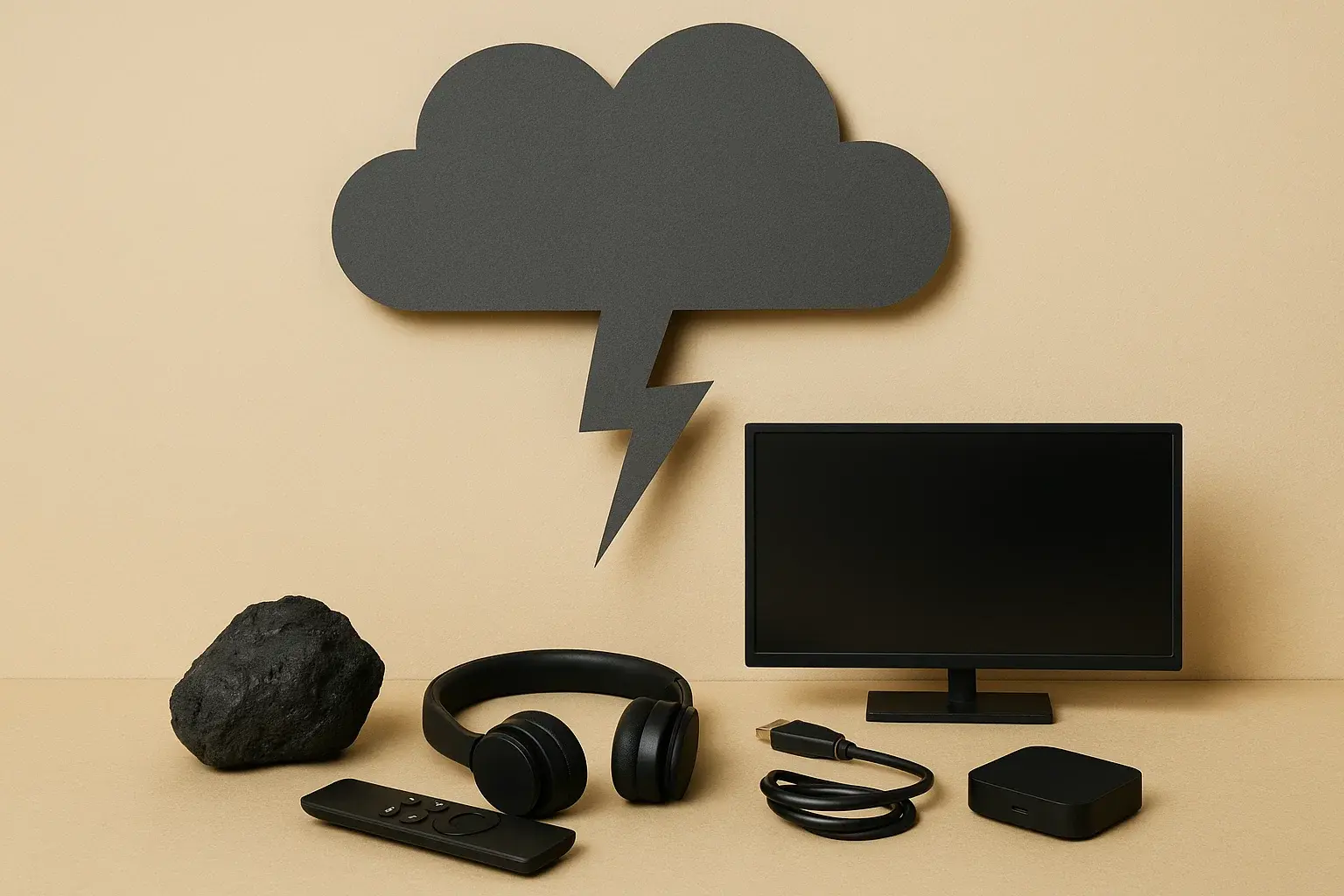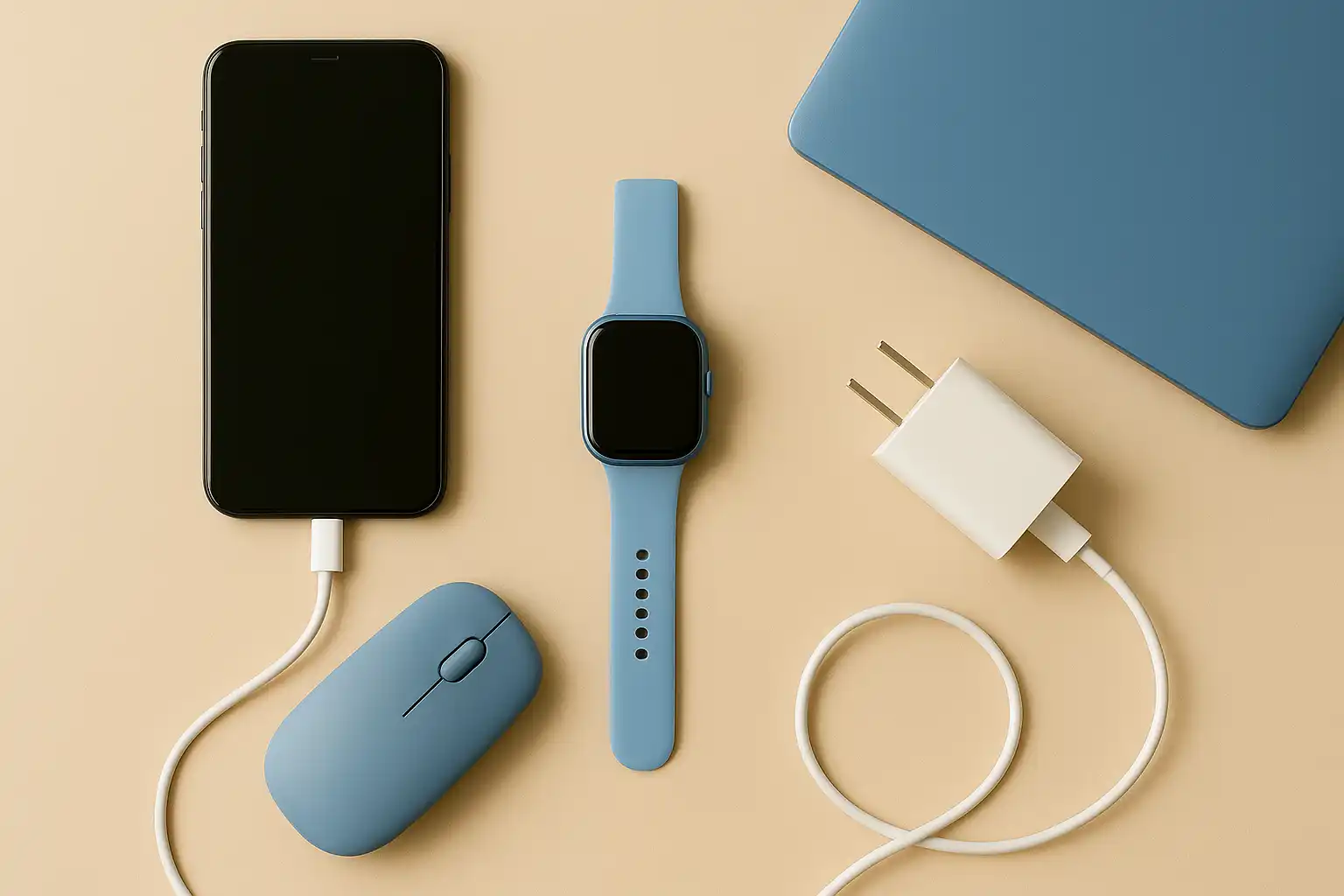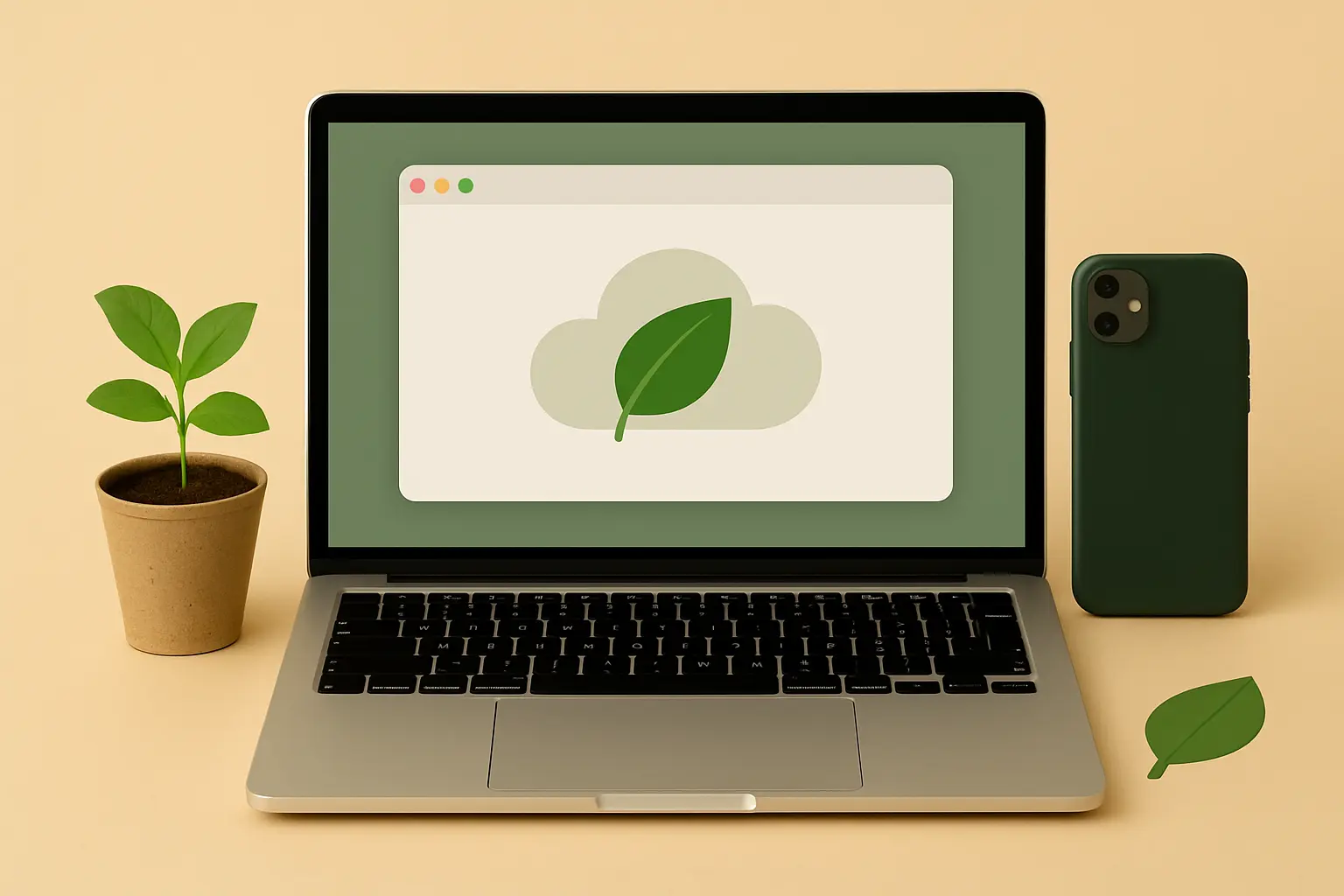The Unseen Gigabytes: Cutting Your Streaming Carbon Footprint

In our digitally-driven world, streaming has become the dominant way we consume entertainment, learn new skills, and stay connected. From binge-watching the latest series to tuning into live events and listening to endless streams of music and podcasts, our online viewing and listening habits have become deeply ingrained in our daily routines. The convenience and vast libraries offered by streaming platforms are undeniable, providing us with instant access to a wealth of content at our fingertips. However, this seemingly effortless digital consumption comes with an often-overlooked environmental cost: the energy required to transmit and deliver these massive amounts of data to our devices.
While the act of pressing "play" feels instantaneous and weightless, the journey of that digital stream from a distant server to our screens involves a complex and energy-intensive infrastructure. Vast data centers, intricate network systems, and the continuous operation of our personal devices all contribute to a significant digital carbon footprint. Understanding how our streaming habits contribute to this energy demand and adopting more mindful practices is a crucial step towards a more sustainable digital lifestyle. The default settings on many streaming platforms often prioritize high-resolution video and audio, leading to substantial data transfer and, consequently, higher energy consumption. By consciously adjusting these settings and adopting smarter streaming habits, we can significantly reduce our individual and collective impact on the planet's resources.
The Energy-Hungry Nature of High-Resolution Streaming
The amount of data required for streaming content varies significantly depending on the quality and resolution of the video and audio. High-resolution video, such as High Definition (HD) and especially Ultra High Definition (UHD) or 4K, demands a considerably larger volume of data compared to lower resolutions like Standard Definition (SD). This increased data transfer translates directly to higher energy consumption throughout the entire streaming process, from the servers storing the content to the networks transmitting it and finally to our devices decoding and displaying it.
Consider the sheer difference in data size between streaming a movie in SD versus 4K. A standard-length movie in SD might consume a few gigabytes of data, while the same movie streamed in 4K could easily consume tens of gigabytes. This tenfold or even greater increase in data transfer requires significantly more energy at every stage of the streaming process. The servers need more power to serve the larger files, the networks require more energy to transmit the increased bandwidth, and our devices work harder to decode and render the high-resolution content. When multiplied by the billions of hours of content streamed globally each day, the cumulative energy consumption associated with default high-resolution settings becomes a substantial environmental concern.
Practical Alternatives for Lowering Your Streaming Carbon Footprint
Fortunately, there are several practical and readily available alternatives to the energy-intensive default of high-resolution streaming. By adopting these smarter habits and adjusting our settings, we can significantly reduce our digital carbon footprint without necessarily sacrificing our enjoyment of online content.
Auto Quality Settings: Balancing Visuals and Efficiency
Many streaming platforms, such as YouTube and Netflix, offer an "Auto" quality setting. This option dynamically adjusts the streaming resolution based on your internet connection speed and device capabilities. While convenient, the "Auto" setting often defaults to higher resolutions when a fast connection is available. To prioritize energy efficiency, consider manually selecting a lower resolution that still provides a satisfactory viewing experience, especially on smaller screens like smartphones or tablets. Experiment with different resolutions to find a balance between visual quality and data usage that works for you. Even a seemingly small shift from 1080p to 720p can result in a noticeable reduction in data consumption. You can typically find these quality settings within the video playback controls or account settings of the streaming platform. Familiarizing yourself with these options and consciously choosing a lower resolution when appropriate is a simple yet effective way to stream more sustainably.
Audio-Only Mode: The Sustainable Choice for Music and Podcasts
For content where visuals are not essential, such as music and podcasts, opting for an audio-only mode is a significantly more sustainable choice. Streaming video consumes considerably more data and energy than streaming audio. Most music streaming platforms like Spotify and podcast apps offer dedicated audio-only playback. By utilizing this feature, you can enjoy your favorite audio content with a fraction of the energy expenditure associated with video streaming. Make it a habit to choose audio-only when listening to music, podcasts, or even long-form discussions where the visual component is not crucial to your understanding or enjoyment. This simple shift in how you consume audio content can lead to substantial data and energy savings over time.
Compressed Formats: Efficient Data Delivery
Streaming platforms are increasingly employing advanced video and audio compression formats to deliver high-quality content using less bandwidth. These codecs efficiently encode data, reducing file sizes without significant loss in perceived quality. While the implementation of these formats is largely handled by the streaming providers themselves, as consumers, we indirectly benefit from their efforts to optimize data delivery. Supporting platforms that actively invest in and utilize efficient compression technologies contributes to a more sustainable streaming ecosystem. As these technologies continue to evolve, the energy efficiency of streaming will likely improve further. However, our individual choices regarding streaming quality and habits remain crucial in minimizing our digital carbon footprint. By being mindful of the resolution we choose and opting for audio-only when appropriate, we can actively participate in a more sustainable way of consuming online content.
Related Blogs

Neutralizing Your Tech Footprint: Choosing Carbon-Neutral Tech Purchases
Support climate action by opting for carbon-neutral certified tech and offset programs.

The Silent Energy Thief: Cutting Down Idle Device Usage for a Sustainable Digital Footprint
Improve energy efficiency and extend device life by implementing power-saving settings.

Swipe Right on Sustainability: How Digital Decluttering Cultivates a Greener Lifestyle
Insights on digital decluttering for a greener lifestyle in a sustainable way.

Decoding Disposal: Your Essential Guide to Responsibly Recycling E-Waste
Insights on the rise of ethical tech in a sustainable way.

Surfing Sustainably: Unveiling the World of Eco-Friendly Browsing
Insights on eco-friendly browsing in a sustainable way.

Beyond Plastic: Exploring Eco-Friendly Materials in Tech Casings
Choose tech with recycled aluminum, biodegradable shells, or durable composites over plastic.
Stay in the Loop
Get tips and insights tailored to your interests — no spam, just sustainability.